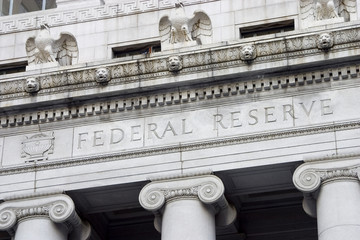The FDIC successfully intervened in the second-largest bank failure in US history. The First Republic Bank was taken over by JPMorgan Chase & Co after paying $10.6 billion to FDIC. JPMorgan and Chase were able to win in the bidding process that started after The First Republic Bank lost 95% of its share value.
The Finer Aspects Of The Deal
JPMorgan gets $92 billion of First Republic's $103.9 billion deposits. JPMorgan Chase is already America’s largest bank in terms of depositors. They also agreed to buy First Republic’s loan assets worth $173 billion and $30 billion in securities
FDIC on its end has offered to sweeten the deal by taking a $13 billion hit on its depositor’s insurance fund and it will further provide financing worth $50 billion to support the deal. JPMorgan on its end has agreed to pay back $25 billion in deposits to the other 10 banks that had initially stepped in to keep First Republic afloat. JPMorgan has agreed to forgo the $5 billion it deposited in the rescue fund along with the other banks mentioned above.
The most important aspect of the deal is loan loss coverage provided by the FDIC. It has agreed to give 80% loan loss coverage for seven years on single-family residential loans. FDIC will provide five years of coverage on 80% of commercial loans, including commercial real estate. Commercial real estate loan defaults are being blamed for the collapse of microbanks across the states.
The Benefits Projected For JPMorgan
Although FRC is a classic case of bank failure, it still has a large customer base of high-network individuals which JPMorgan is interested in. This roster of high-net individuals could potentially give JPMorgan a client base for the financial products it offers.
According to Bloomberg, the deal could add 1% – 2% to the bank’s net income. Their estimates exclude the $2.6 billion that JPMorgan might gain on closing and another $2 billion in restructuring costs.
The deal has been vital to preventing bank failures from becoming a contagion. The sector as a whole has stepped in to ensure that depositors do not lose out in this deal. Banking works on trust and it is the depositor’s trust that the FDIC aims to uphold.






















